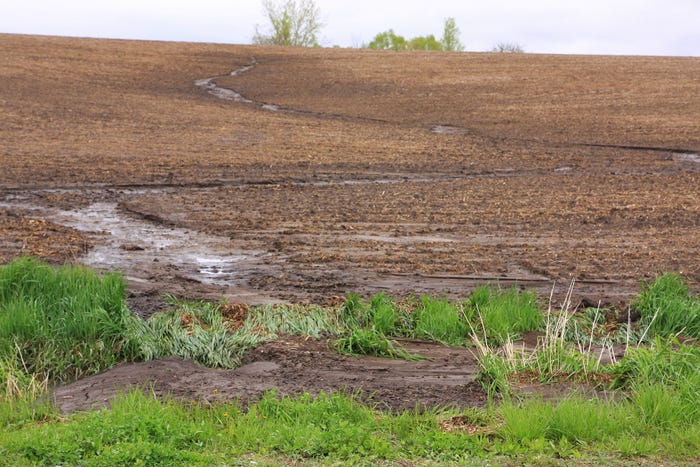Weakening El Nino should mean improved spring conditions
Weather has made a dramatic shift to a far more active pattern.

In what was a lackluster winter season regarding outbreaks of very cold weather and organized winter storms on the Plains and across the Corn Belt, in other sections of the country, and namely in the West and across the South, it was a textbook El Nino-driven winter season, with frequent bouts of moisture and wide-ranging temperatures.
Precipitation over the West and across the South was enough to improve dramatically dry or drought-ridden conditions. For only the second time since 2015, above-average amounts of snowfall were noted across the Sierra ranges of California, with water equivalency for summer run-off upwards of 2 feet of equivalent rainfall.
There were exceptions, such as in the southern High Plains areas of New Mexico and the Panhandle regions of Oklahoma and Texas. Here, bouts of high wind from the desert regions or down-sloping off the southern Rockies contributed to ongoing extreme to exceptional drought conditions. Furthermore, this pattern aided in the development and recurrence of the destructive wildfires to this area.
Now, with the arrival of the spring season, weather has made a dramatic shift to a far more active pattern mainly focused across the Plains and midwestern Corn Belt. Continuing “normal” weather patterns for El Nino are present across the western and southern states. Despite the return to more frequent bouts of moisture, ongoing dryness and drought continue to be the headline story in areas of the Northern Plains, Upper Midwest and over much of the western Corn Belt. This is following the absence of organized rain and snow since last autumn and during the past winter season.
Many locations extending from the Northern Plains and southeastward into parts of the Corn Belt set records for winter season warmth as well as for the absence of rain and snow. Meanwhile, sections of the eastern Corn Belt have seen a significant improvement to soil moisture levels, some of which came in the form of late-winter season or early-spring organized snows.
Let's take a look at how the next few weeks play out across the nation, particularly as it relates to spring planting and the growing season.
About the Author(s)
You May Also Like



